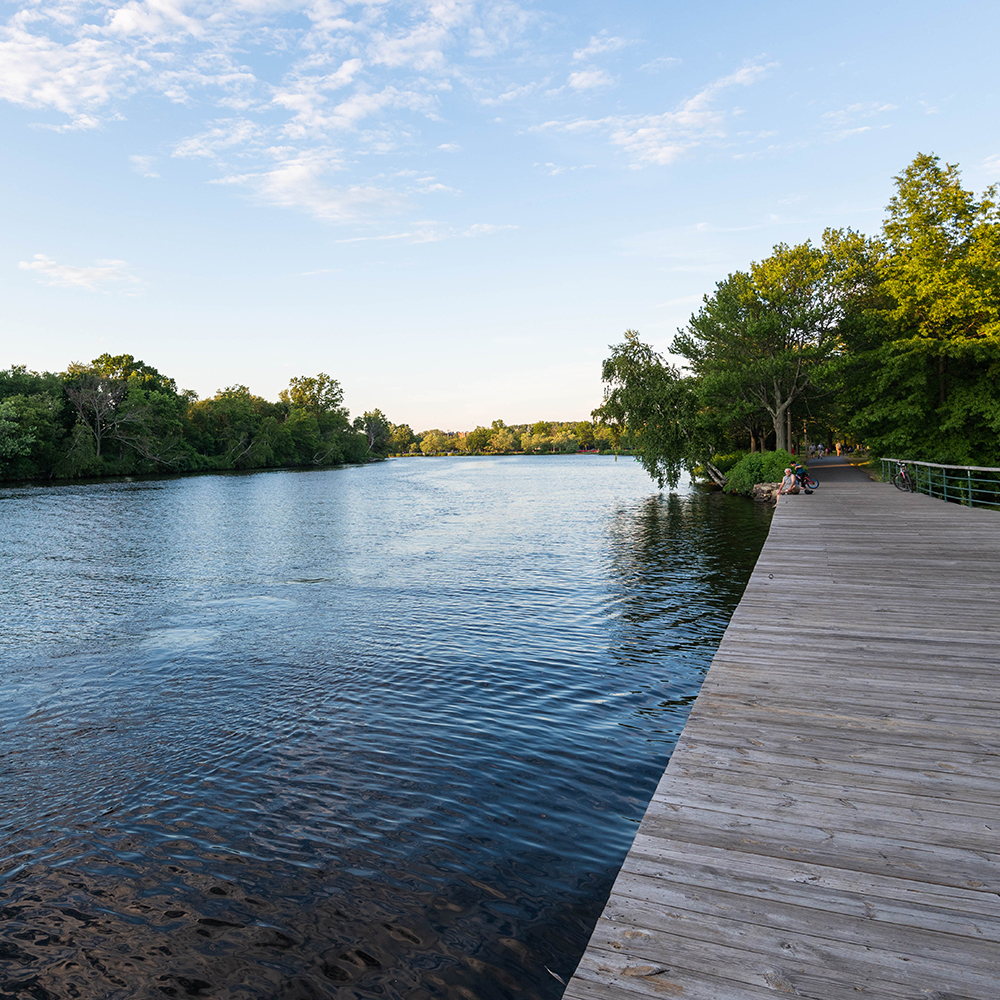The ruling changes how “waters of the United States” can be applied by leaving wetlands that are not directly flowing into a body of water that meets the definition of “rivers, lakes, and other bodies of water that flow across or form a part of State boundaries” out of the equation.
The “significant nexus” test was established in Rapanos v United States. The “significant nexus” test defined waters of the United States in broader terms: “… waters that, either alone or in combination with similarly situated waters in the region, significantly affect the chemical, physical, or biological integrity of traditional navigable waters, the territorial seas, or interstate waters …”
The test has been used to expand the reach of waters of the United States to “neighboring” wetlands with “neighboring” being as far as 120 miles away from the actual navigable body of water in question. This expansion of the authority of the EPA and the Army Corps of Engineers during the last 50 years has caused significant concern over what is truly waters of the U.S. and what isn’t, with the Corps of Engineers acknowledging their interpretation errs primarily on the side of “WOTUS” rather than the landowner.
Michael and Chantell Sackett have been in litigation with the EPA since trying to begin construction on a home near Priest Lake, Idaho, nearly 20 years ago. After beginning site prep for their home, the Sacketts were contacted by the EPA, which informed the couple they had violated the Clean Water Act by backfilling a wetland on their property that was connected to the lake via a non-navigable stream.
The EPA demanded the Sacketts cease development of the land and mitigate the effects their efforts had on the waterway with threatened fines of $40,000 a day for non-compliance.
In the opinion released by Justice Samuel Alito, he noted a history of “vague” enforcement practices of the Clean Water Act and waters of the U.S. that had developed in local jurisdictions courtesy of the fluctuating and murky definitions used in the interpretation of waters of the U.S. “Within a few years, the agencies had interpreted their jurisdiction over ‘the waters of the United States’ to cover 270-to-300 million acres” of wetlands and “virtually any parcel of land containing a channel or conduit . . . through which rainwater or drainage may occasionally or intermittently flow,” Alito wrote.
He went on to write, “most laws do not require the hiring of expert consultants to determine if they even apply to you or your property” and “because the CWA can … criminalize mundane activities like moving dirt, this unchecked definition of ‘waters of the United States’ means that a staggering array of landowners are at risk of criminal prosecution or onerous civil penalties.”
The ruling will certainly influence the new waters of the U.S. rules issued by the EPA and White House earlier this year.
The curtailment of broad interpretation of waters of the U.S. means, for now, landowners can more clearly “see” the line regarding land development and water. Specifically, if a wetland empties directly into an existing body of water, it is likely under the jurisdiction of waters of the U.S.; if it does not, it is likely beyond waters of the U.S. consideration.
Pam Lewison is the Director of Agriculture Research at the Washington Policy Center and a Pacific Research Institute fellow. She co-owns and operates a family farm in Eastern Washington state.

